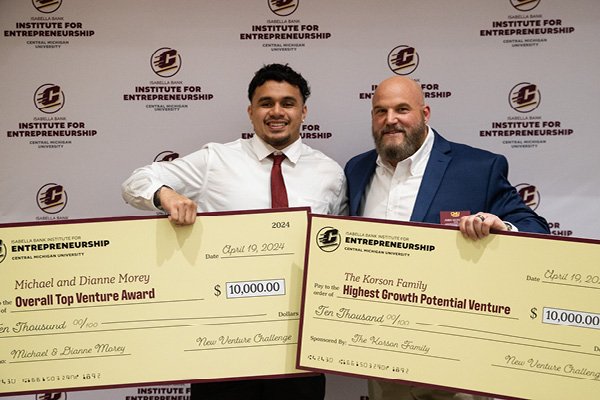
Start up
Passion. Potential. Pitches. Don't miss any of the 2025 New Venture Challenge excitement.
Tune in Friday, April 11 at 1 p.m. for great ideas and fierce competition. Then, join the judges, mentors, spectators and teams as they see who is going home with thousands of dollars in venture financing. The awards broadcast begins at 6:30 p.m. and one team will walk away as the overall best venture.
Central Michigan University’s College of Business Administration is the home of the Isabella Bank Institute for Entrepreneurship and the first Department of Entrepreneurship in the state of Michigan. We are a student-centric hub where experiential, curricular, and external entrepreneurial opportunities intersect.
Our mission is to maximize student success by fostering a campus-wide entrepreneurial mindset that promotes inter-disciplinary collaboration and the creation of new ventures.
We aim to create innovative programming, boost cross-campus and ecosystem collaboration and provide a comprehensive mentoring program.
Our institute provides extracurricular opportunities and is open to all undergraduate and graduate CMU students.
Are you interested in becoming an entrepreneur?
Every journey is unique. Explore the opportunities that interest you.
An exciting new partnership provided federal researchers with important weather data and Central Michigan University meteorology students with valuable hands-on experience.
Scientists with the National Aeronautics and Space Administration had an airplane, but also needed weather balloons, said Jason Keeler, assistant professor of meteorology. CMU’s meteorology program provided three of them.
Students and faculty held three staggered weather balloon launches on Feb. 9 in conjunction with launches at two National Weather Service sites, one in Gaylord and one in Green Bay, Wisconsin.
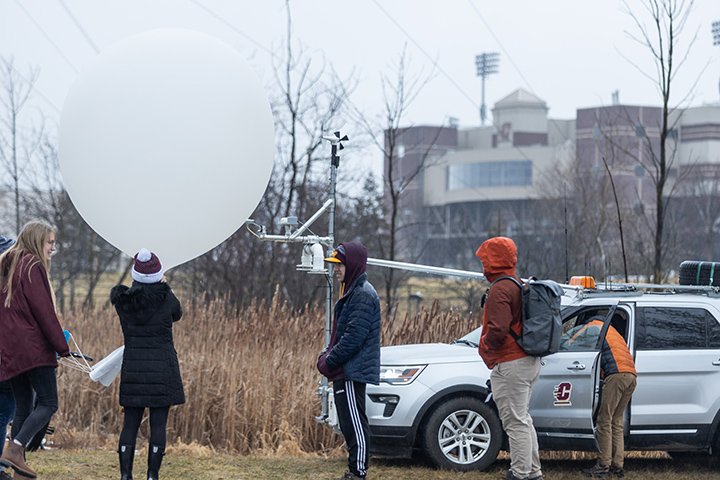
As the balloons – with data-collecting radiosondes dangling beneath them – rose to between 20-25 kilometers, they transmitted information about temperature, wind speed and direction, humidity and air pressure back to the CMU team.
Using this data, NASA’s researchers hope to develop a better understanding of the internal structure of snowstorms, which they hope will result in more accurate forecasting.
It gave the students involved hands-on experience as working scientists.
“Getting involved with NASA’s research was such an amazing opportunity and knowing that I and everyone else involved contributed to [NASA’s] research is such an indescribably exciting feeling,” said Tobias Leonard, a sophomore from Westlake, Ohio. “This was also a great opportunity to learn about what field work for research is really like, even if it was just in the backyard of our campus.”
NASA will pair CMU’s data with information its aircraft collected by flying a path through northern Michigan across Lake Michigan.
Keeler said that his students got a first glimpse at the radiosonde data before they sent it to NASA. He combined it with data gathered with other instruments on CMU’s campus, including a radar capable of measuring how fast precipitation falls.
Rain falls quite a bit faster than snow, Keeler said, and air becomes cooler the higher you go into the atmosphere. So, while the radiosonde data told the team when it passed the altitude at which falling snowflakes melt, the radar pinpointed where this happened by recording when precipitation started falling faster.
Combining the two datasets provided CMU’s meteorology students a more in-depth picture of what the storm looked like on the inside, Keeler said.
NASA’s researchers expect to publish their findings in an academic journal, which meant CMU’s students weren’t just students gathering data on a class assignment. They were scientists contributing knowledge to their field of study.
“Student success is impacted by their ability to see themselves as scientists,” Keeler said. “And so we’re always looking for opportunities to help them see themselves in this way.”
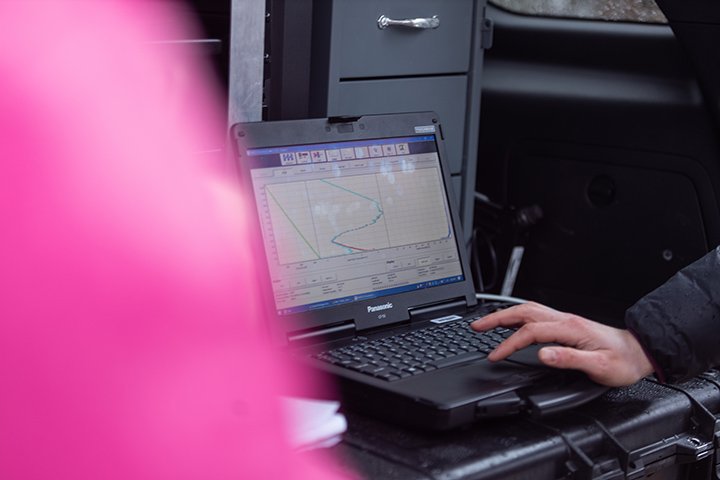

Explore special opportunities to learn new skills and travel the world.
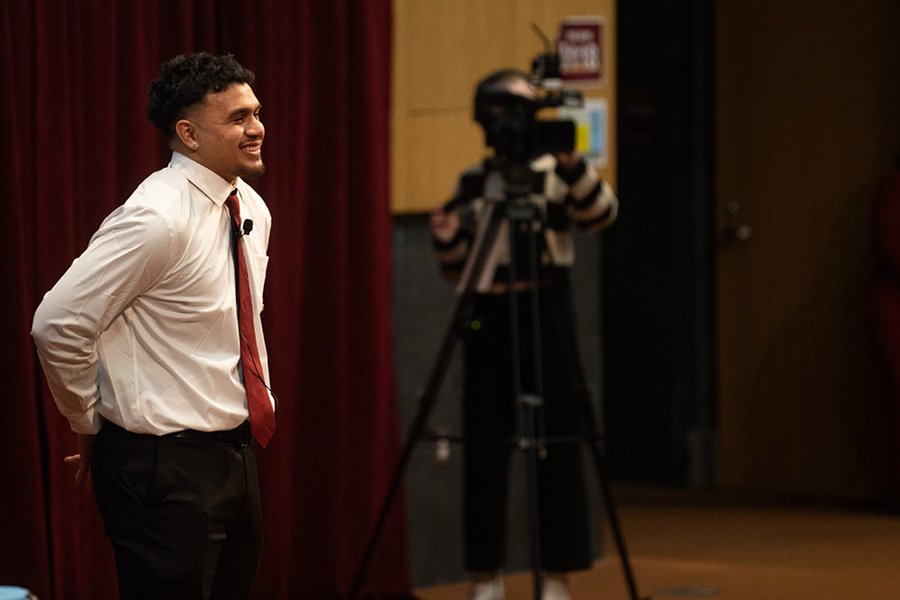
Present your venture and win BIG at the New Venture Challenge.
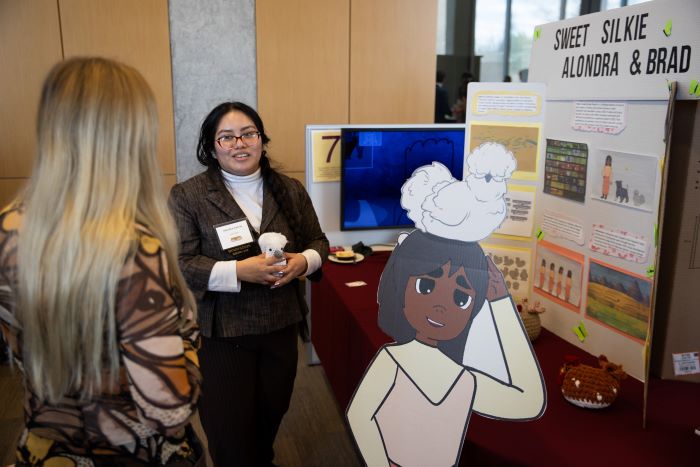
Boost your entrepreneurial skills through our workshops, mentor meetups and pitch competitions.
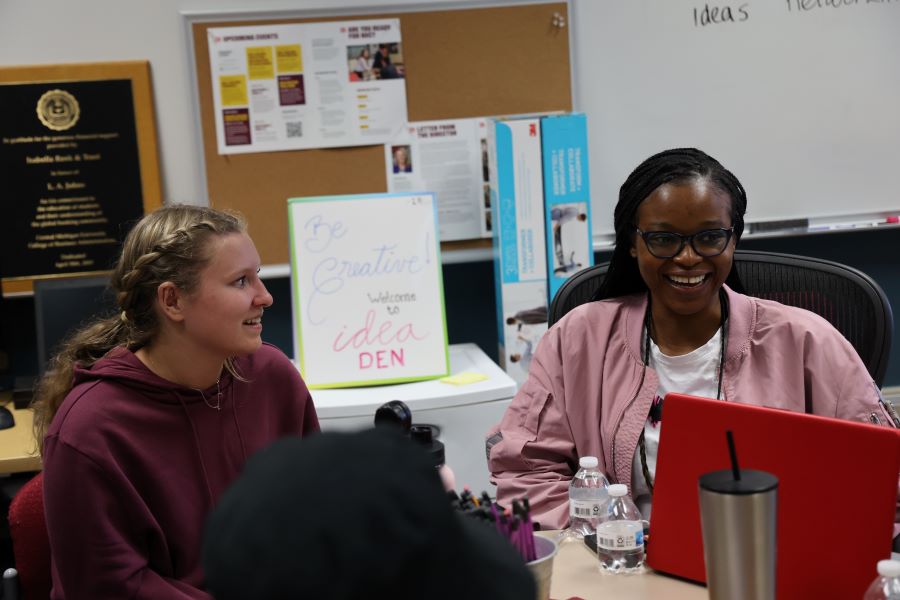
Learn about the entrepreneurship makerspace on campus in Grawn Hall.
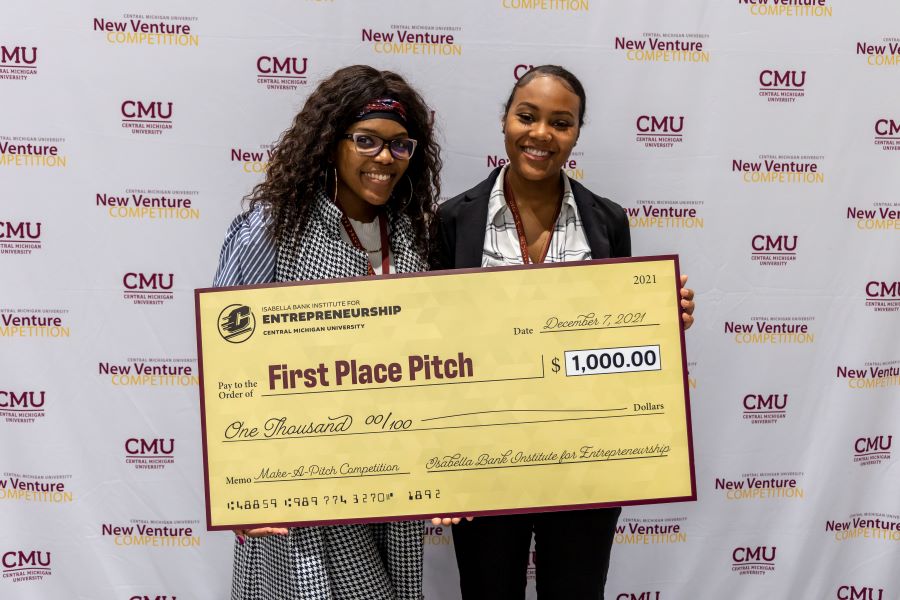
Present a 2-minute pitch at the Make-A-Pitch Competition and you could win prizes and bragging rights!
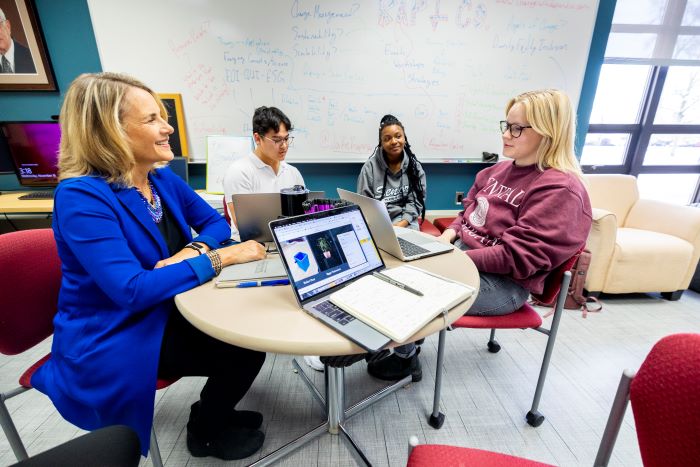
Connect with mentors and faculty who are here to support the next generation of CMU entrepreneurs.
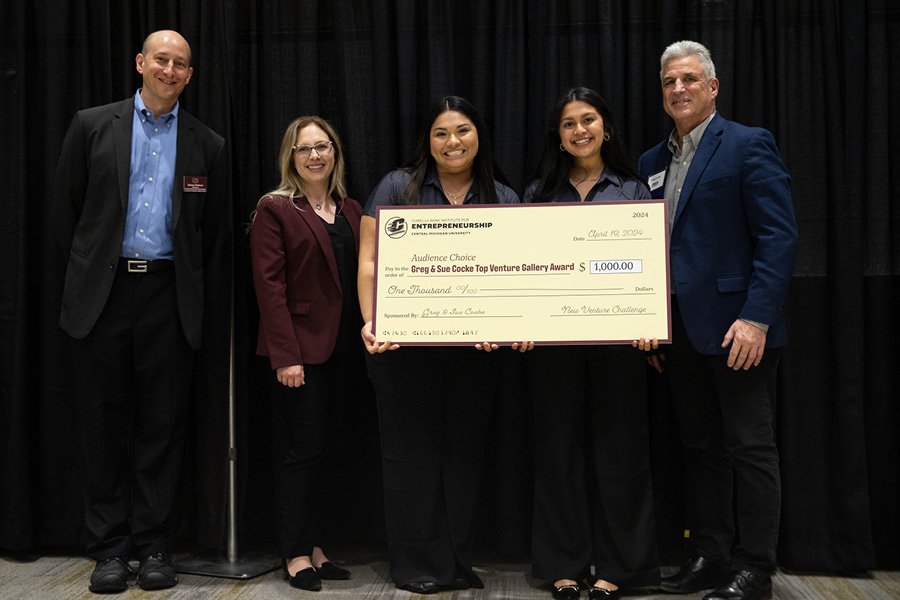
Are you a CMU alum looking to support CMU student entrepreneurs? Learn how you can support or donate to the Entrepreneurship Institute.